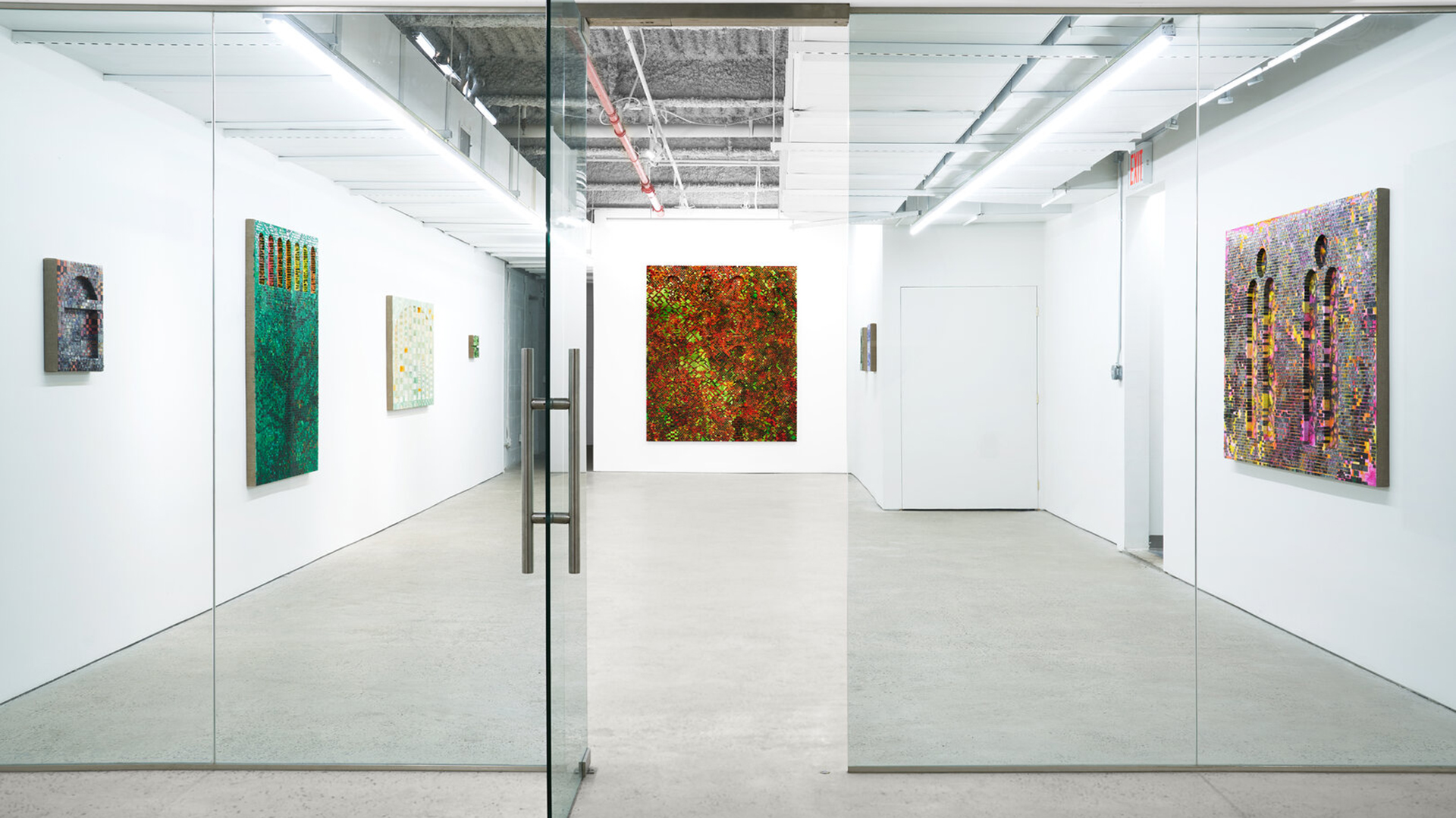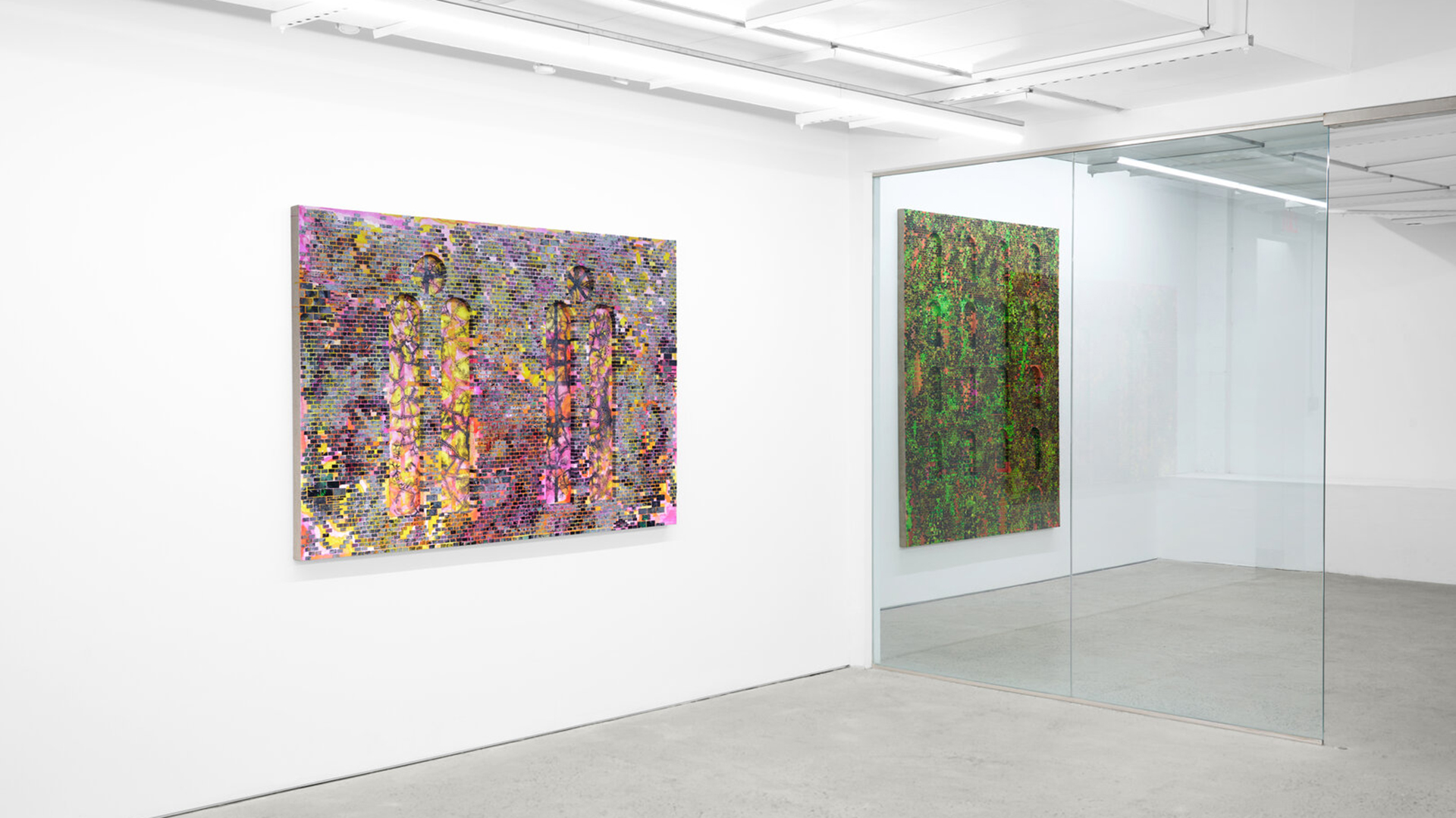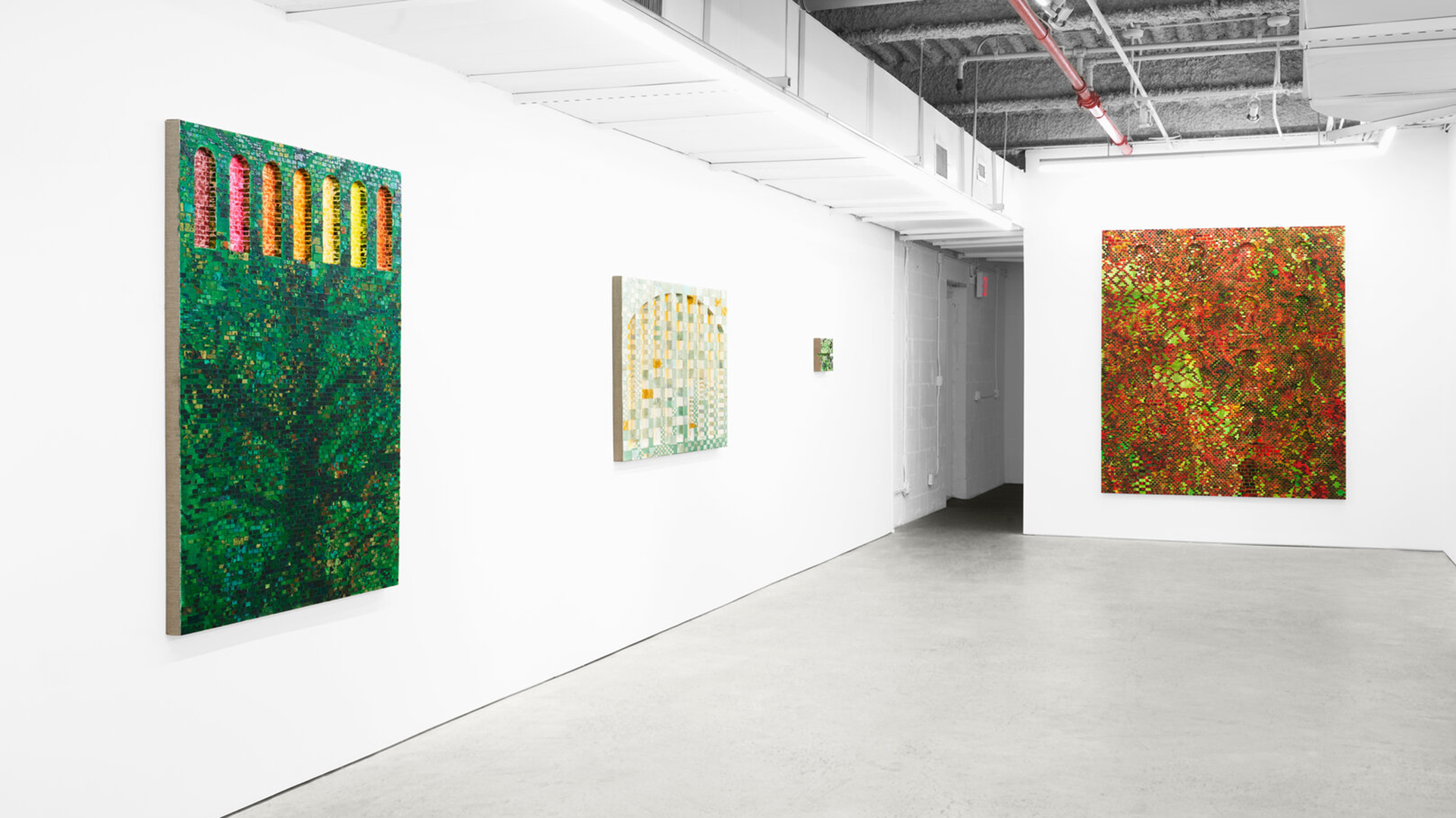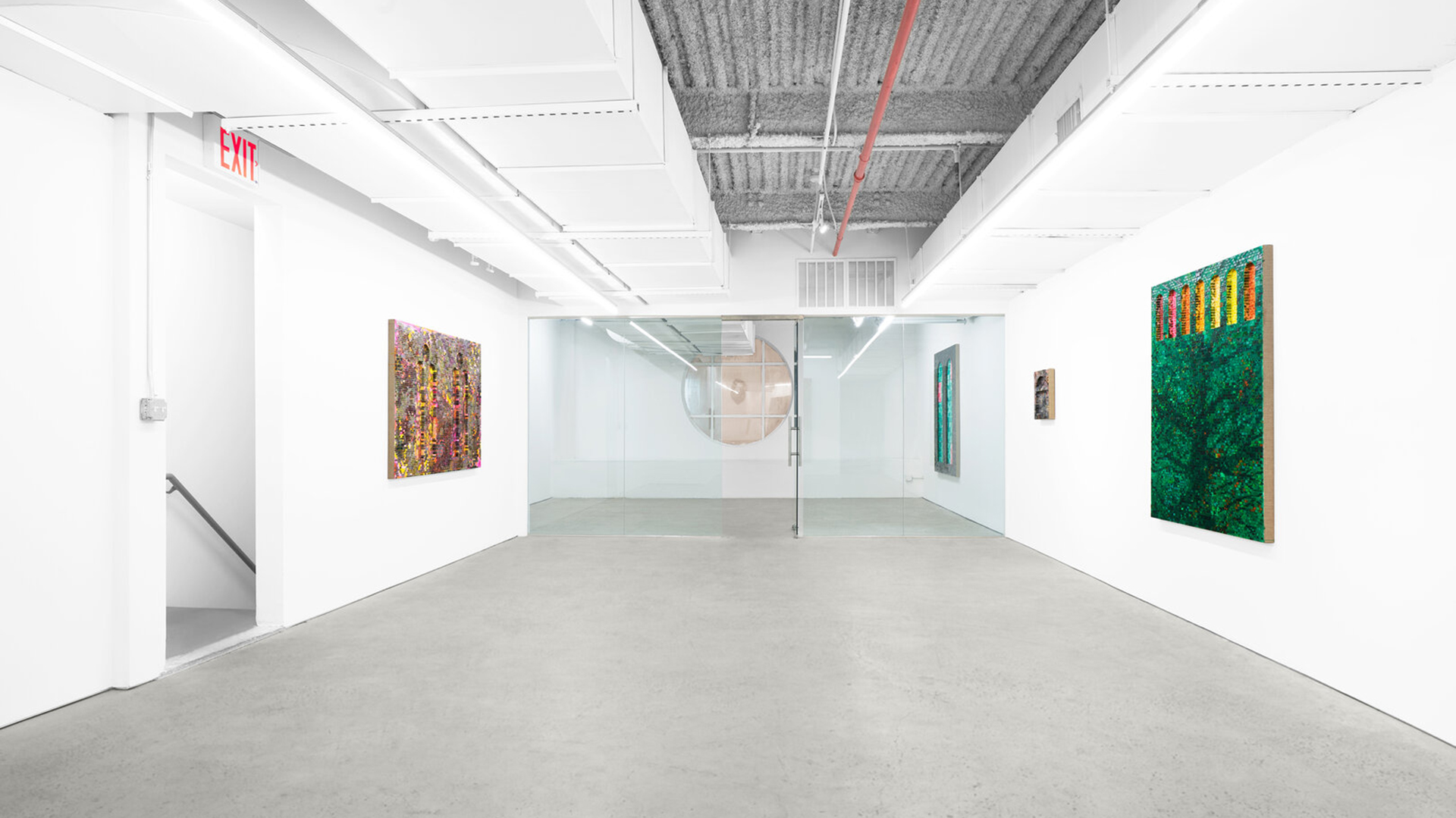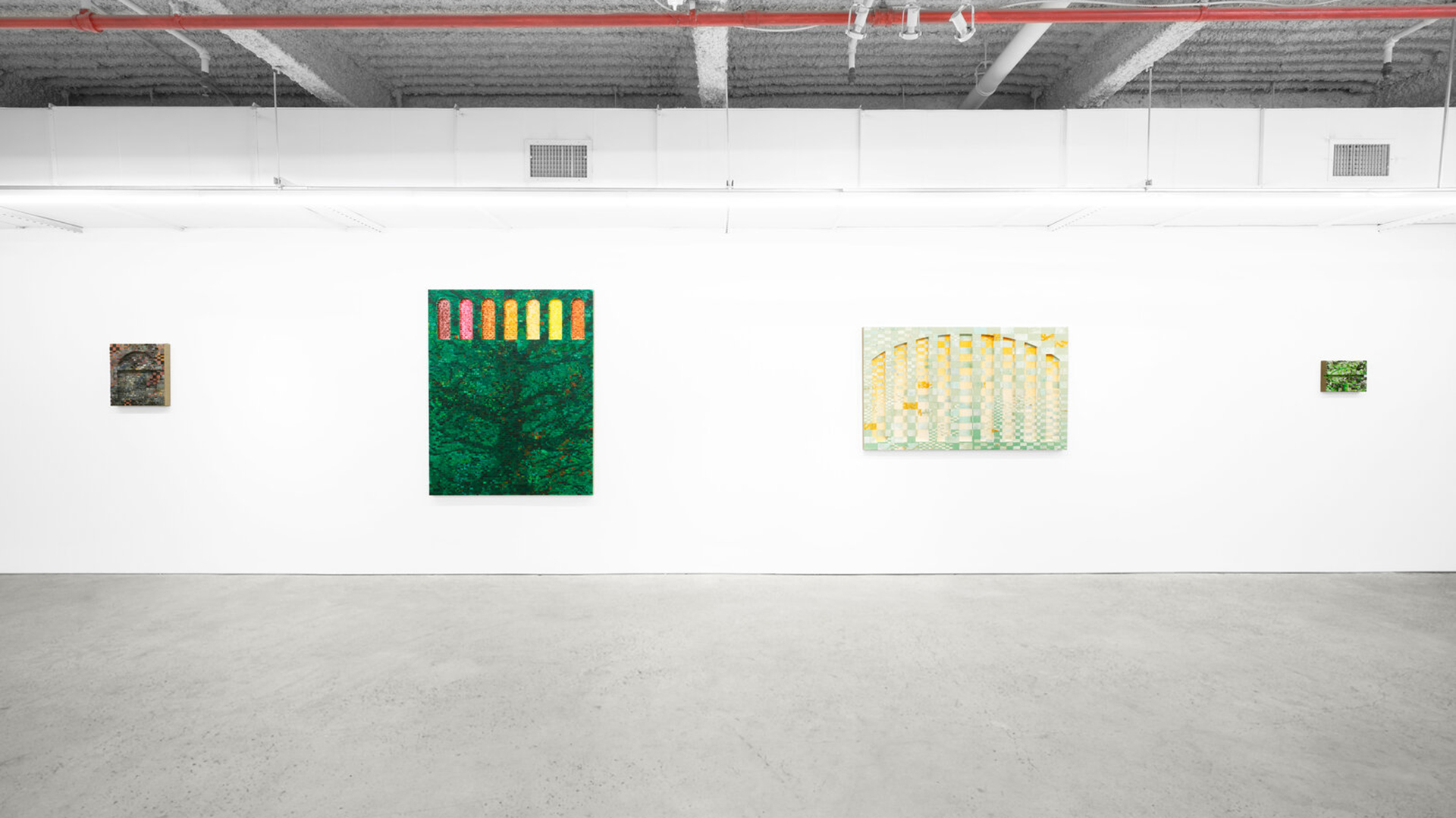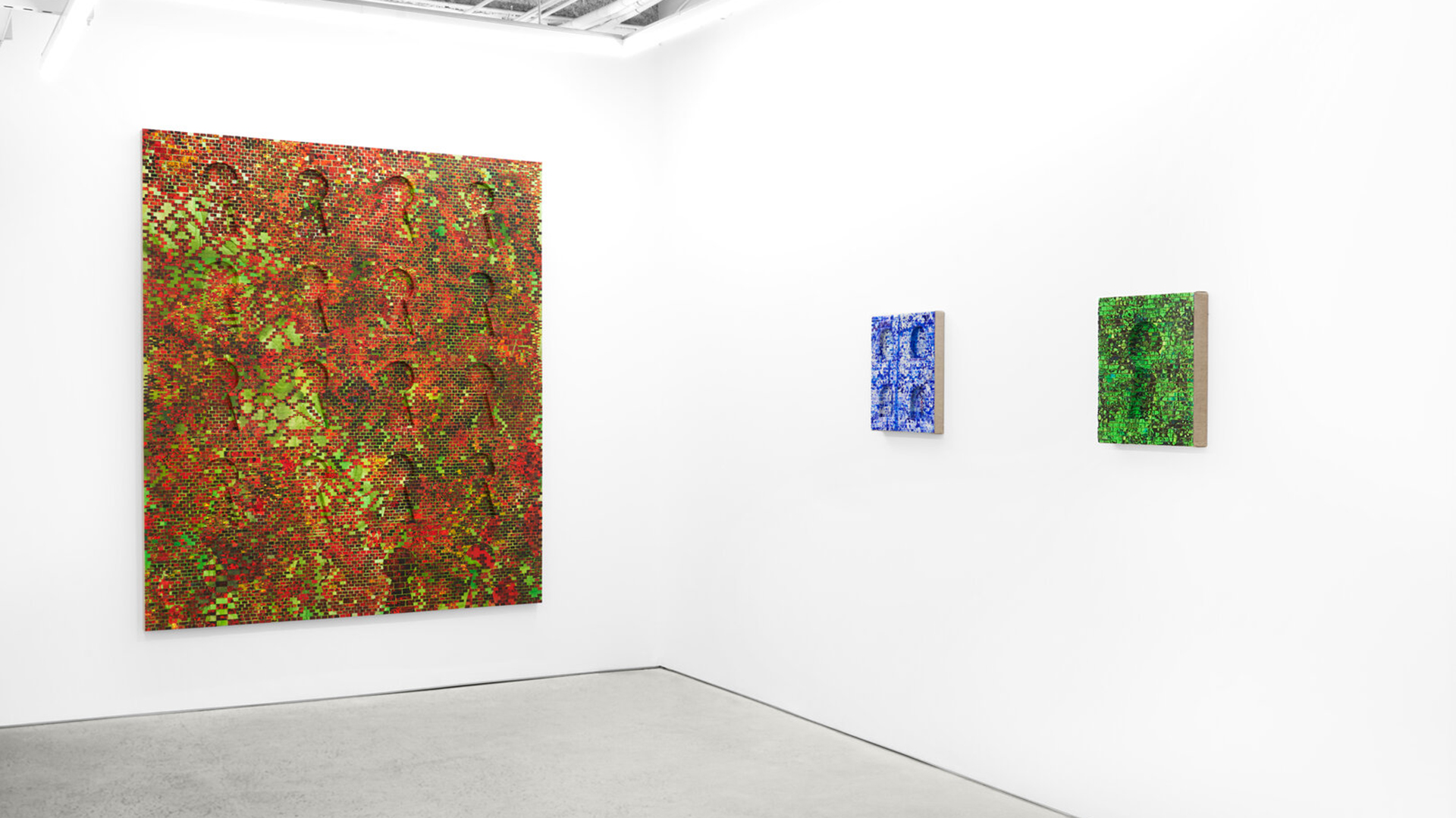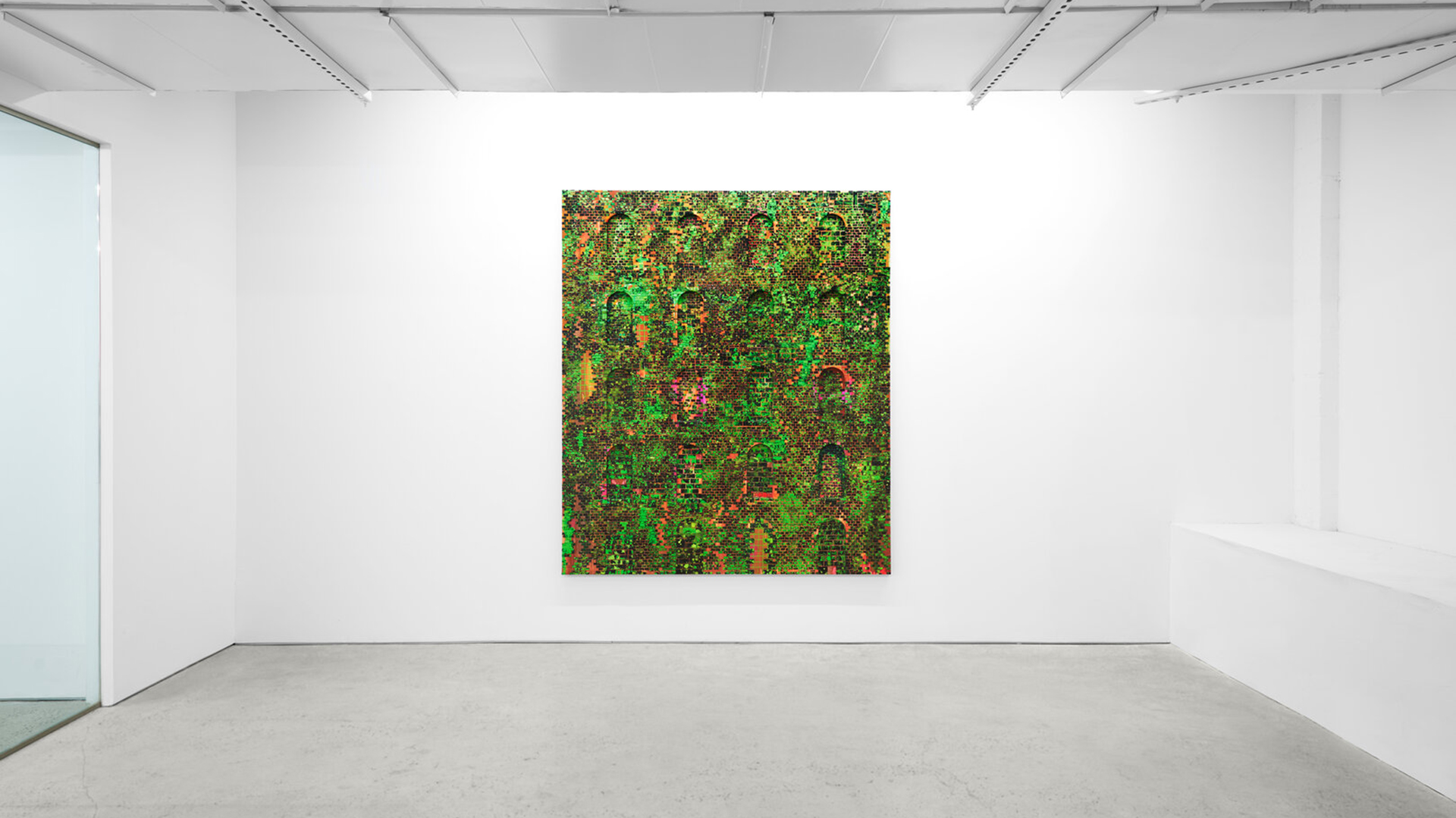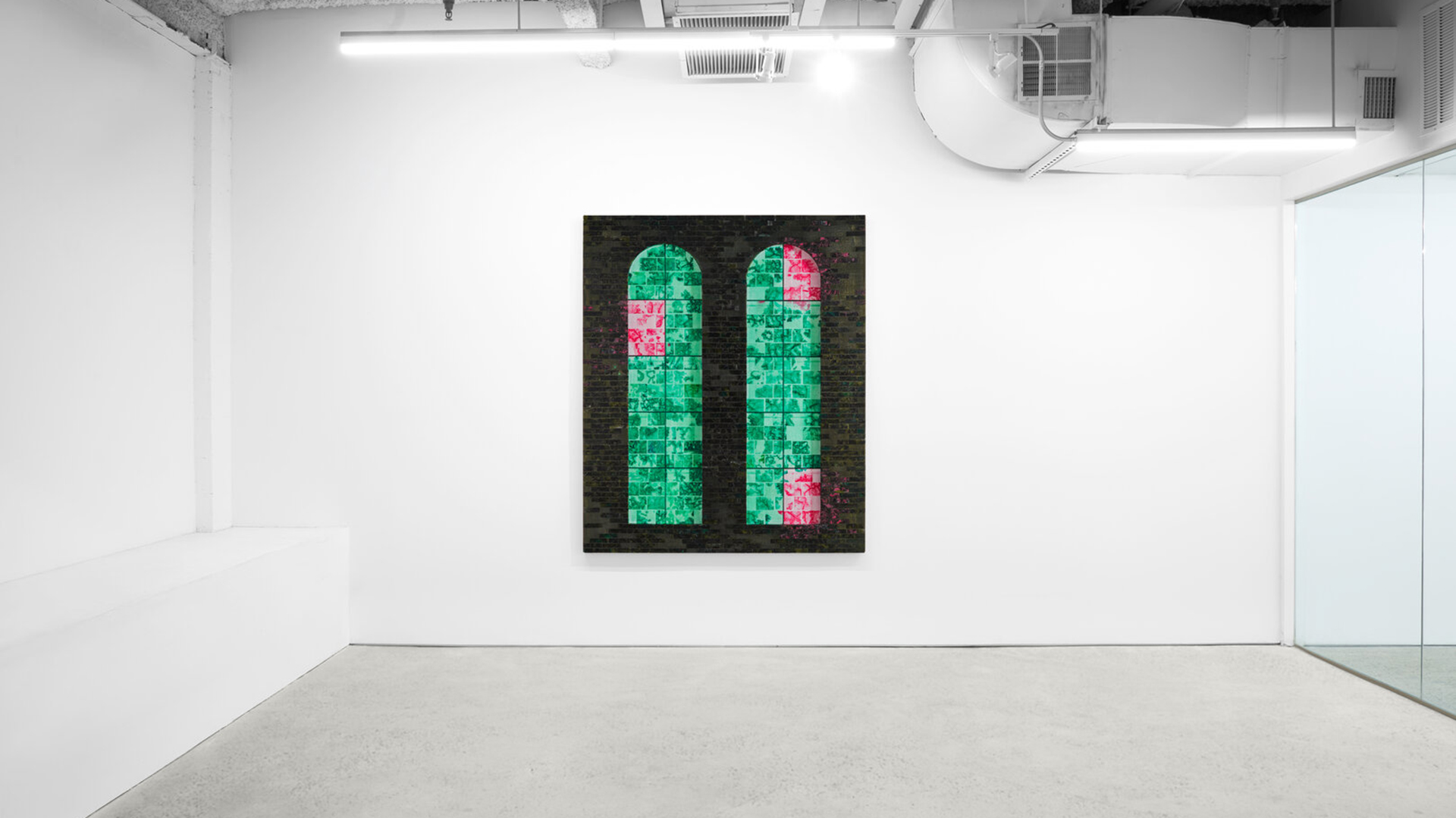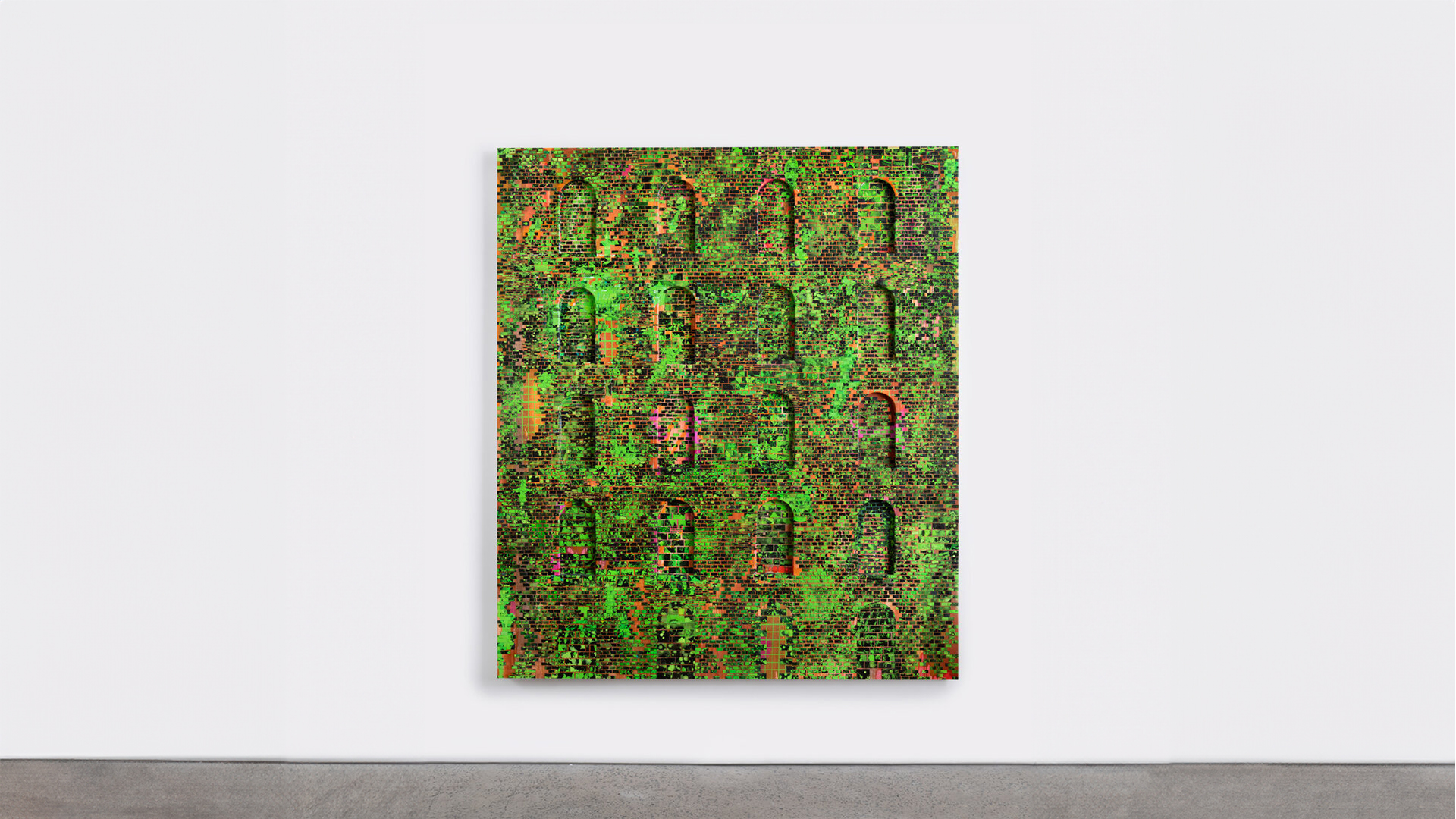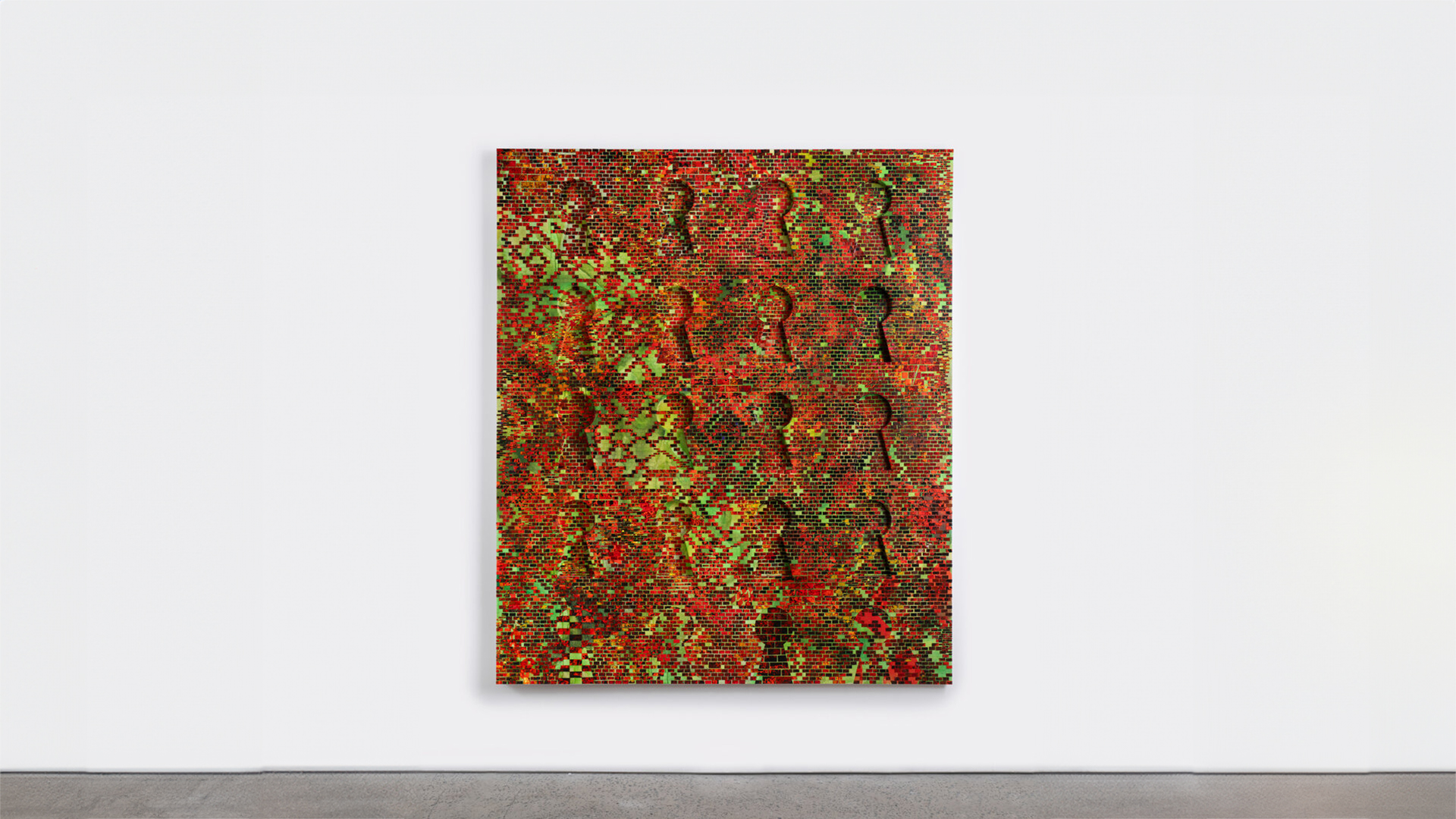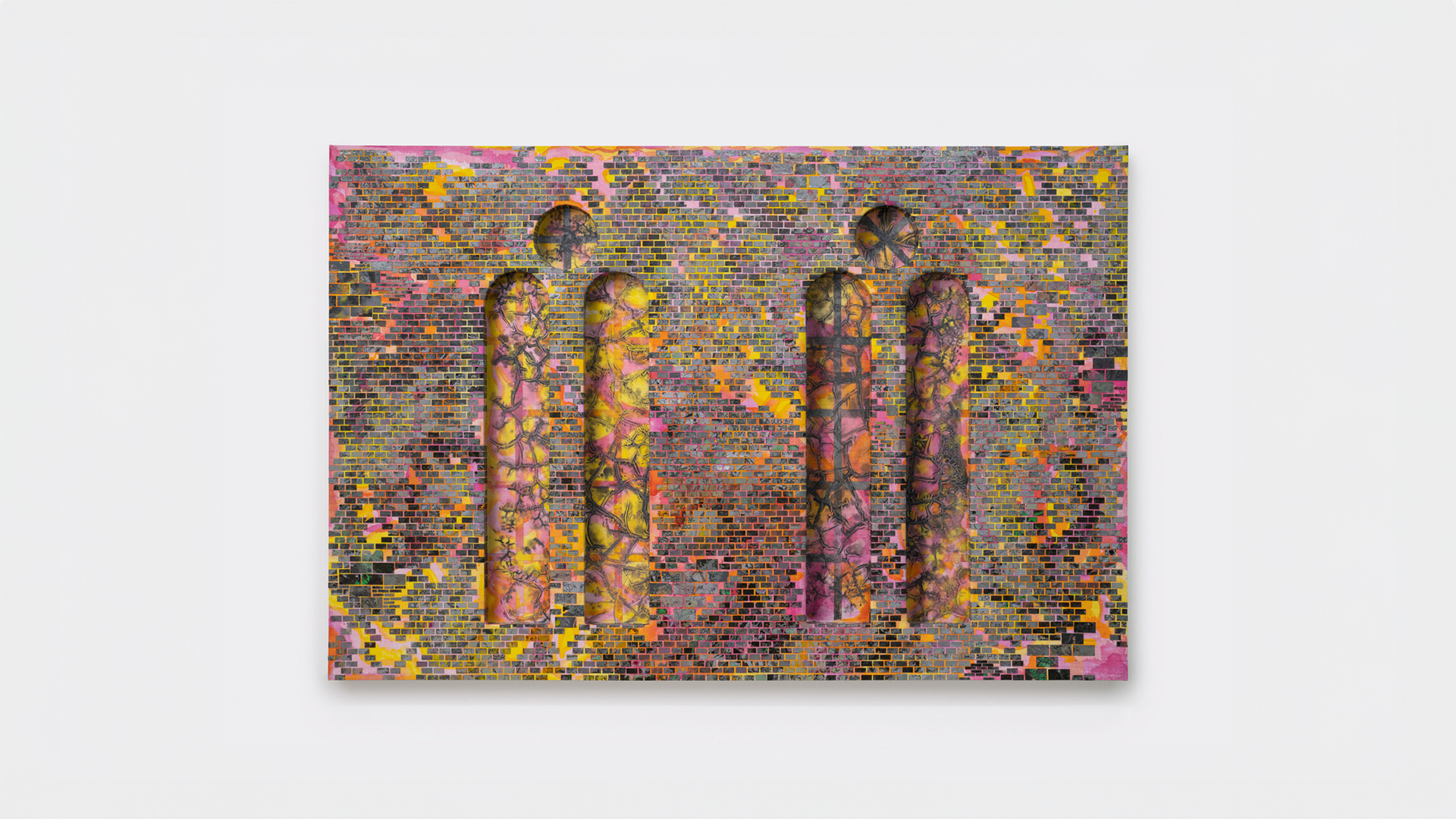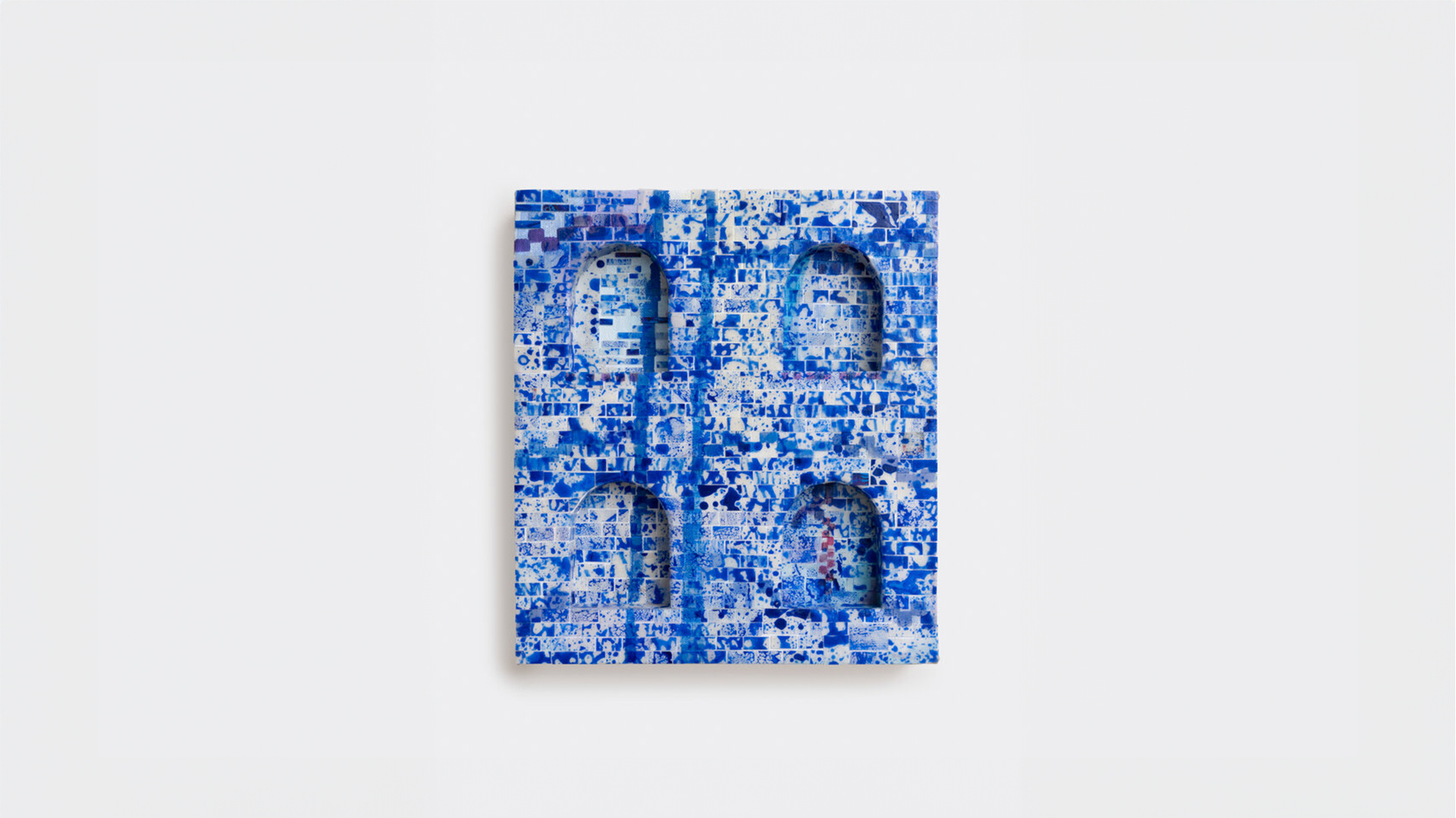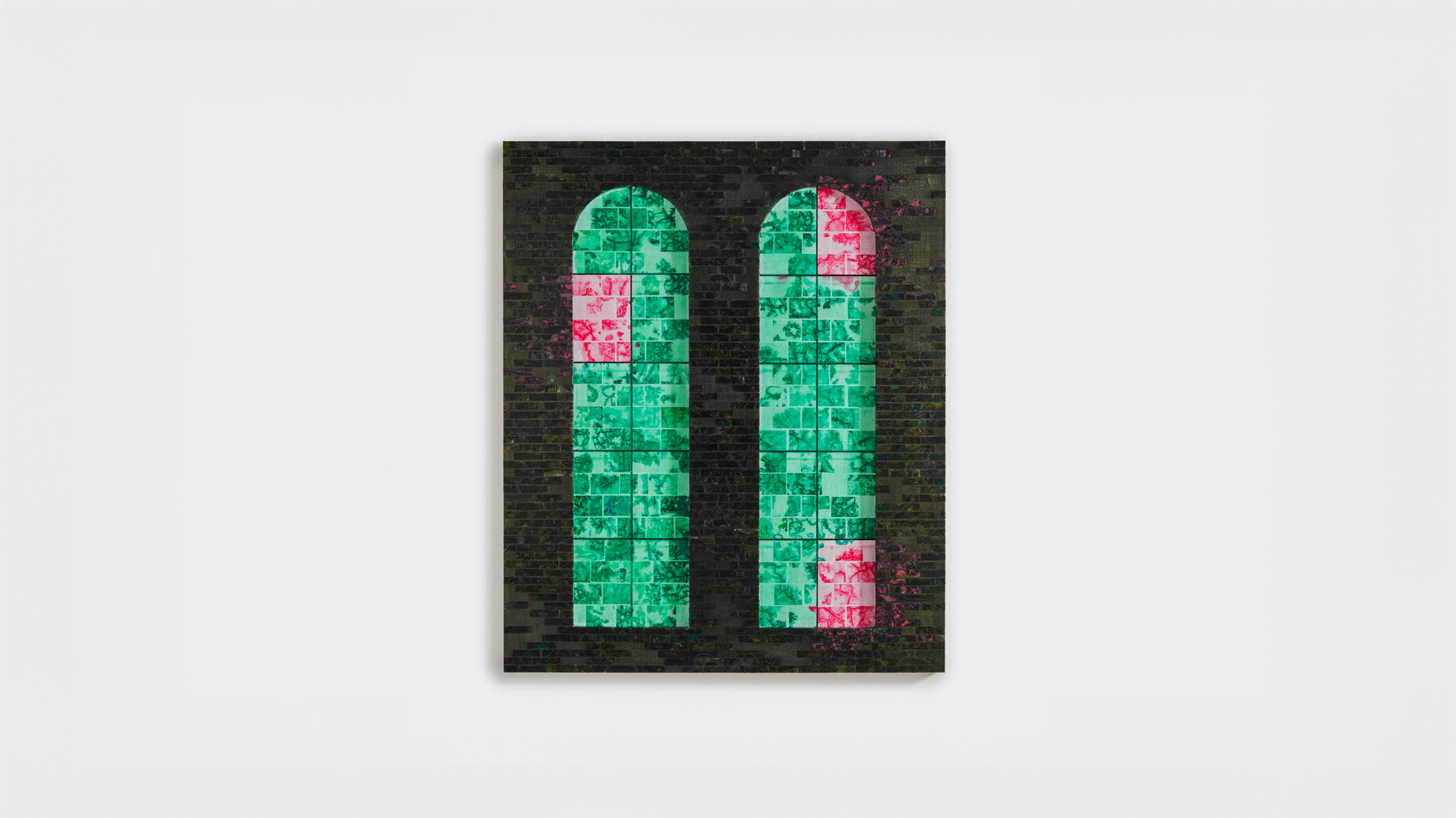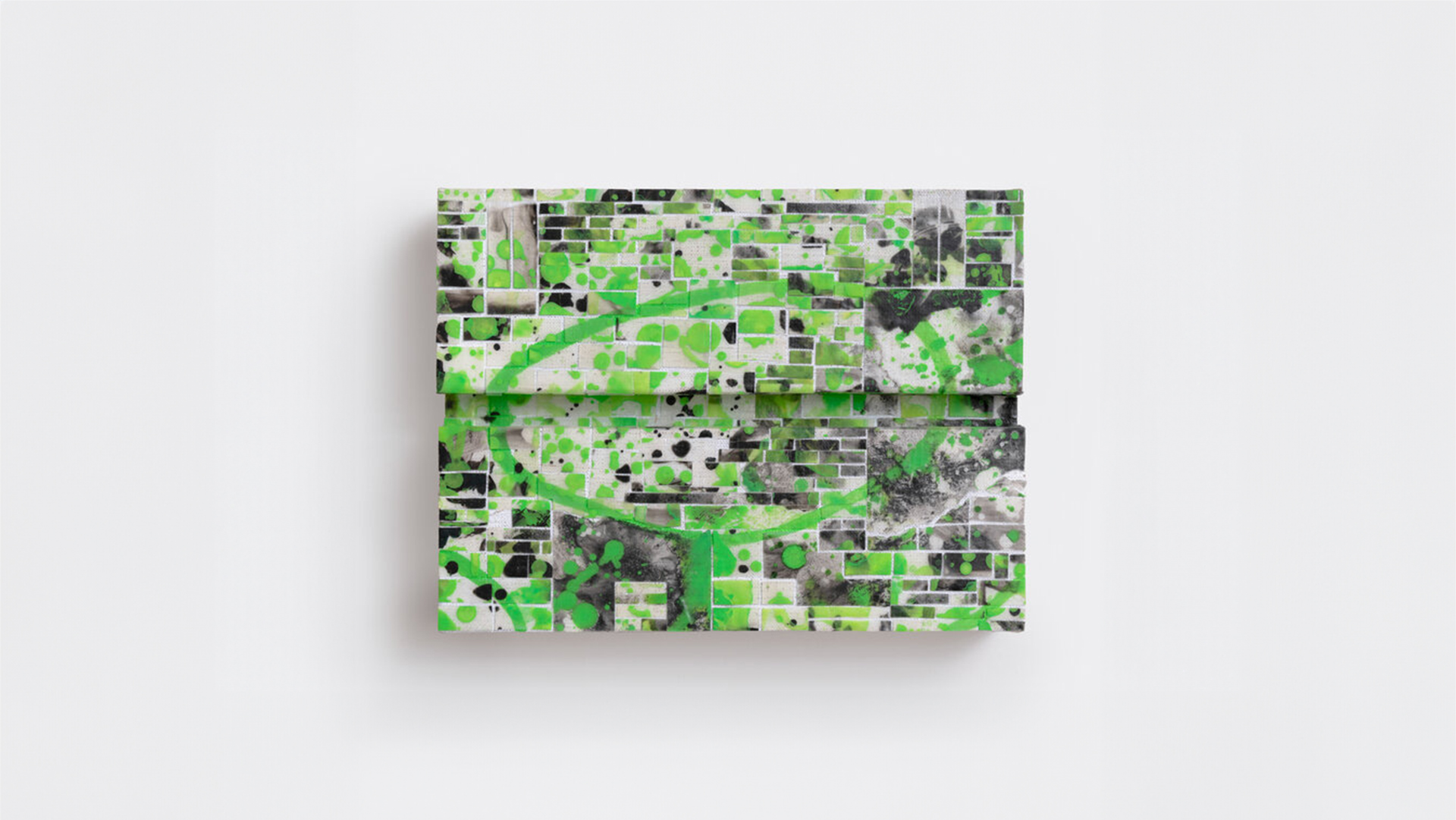A witches' broom is a symptom of stress found in woody plants, mainly deciduous trees. Under the right conditions, a tree's acute stress results in the growth of a deformed mass of twigs and branches that are tight, compact, and broom-like in appearance. These growths could also be said to resemble knotted rats' nests in long, unkempt hair or a dust bunny slowly accumulating under the couch. Seen from the bedroom window of a house situated by the riverbanks, a young elm tree has developed a witches' broom. Finding the complex ball of biological information captivating, children were often caught studying it closely in the evenings.
In the oldest part of town stands a dignified church constructed over two centuries ago, now sitting vacant as it undergoes an extensive restoration. Its spire has been covered in a web of scaffolding for as long as most can remember, despite frequent assurances to local residents that progress is being made and completion is imminent. The cracked stained glass windows were seen to be inexplicably illuminated on a brisk autumn night, causing rumors about trespassers to circulate. In the absence of another gathering place, the congregation sometimes convenes around a small man-made grotto nestled in the woods behind the church grounds. Inside, trickling water can be heard and dappled light dances across the pale yellow tiles; visitors are encouraged to enter one at a time. The dimly lit cavities of the structure have sunken, and are said to take on a shape that resembles each visitor's shadow.
The compulsion to start building a treehouse is a common affliction for all those who live in the surrounding area. Ultimately, most residents run out of energy before finishing construction. As a result, abandoned, half-built treehouses are littered across the hillside in droves. One wooden ladder that was crudely assembled many years ago still exists; today it rests against the back wall of the family garage as a testament to what has yet to transpire. People in town are now more accustomed to the continual need for repair, with some even welcoming the tedium that used to bring about feelings of unease. Long since their first treehouse attempts, a select few have begun to flock together again and draw blueprints after dark.
Miles away in a densely populated city, an apartment block has become increasingly overgrown with networks of sprouting lichen as the facade steadily crumbles. As people walk by occasional clouds of brick dust and debris collapse onto their shoulders. Across the street, a small demolition project is taking place. Personal mementos and objects are reportedly found inside of the walls: a green handkerchief, faded receipts, jubilant family photographs, and empty glass bottles. Walking by, a man considers how much information has been sealed up inside the crevices of his own home and realizes that the world is much older than it once was.
Richard McDonough's recent paintings comprise uniquely constructed canvases with recessed cutouts evocative of windows, archways, or even graveyards seen from above. Swaths of neon pinks, acid greens, and muted grays become the wistful, and at times botanical backdrops to intricate tile work that the artist meticulously applies as the final layer. Each tile, laboriously made by hand from hardened acrylic paint, accumulates into a complex mosaic of architectures caught in varying states of metamorphosis. Continuing his exploration of the ways in which layering and mark making create dimensionality or abrupt flatness, McDonough's airy, gestural ink drawings are suspended across the preexisting glass wall that bisects the gallery. Together, these works attempt to collapse and compress dense visual information on top of itself, testing the limits of how deeply your eyes can peer into McDonough's world and at what point you hit a brick wall.
- Moira Sims

